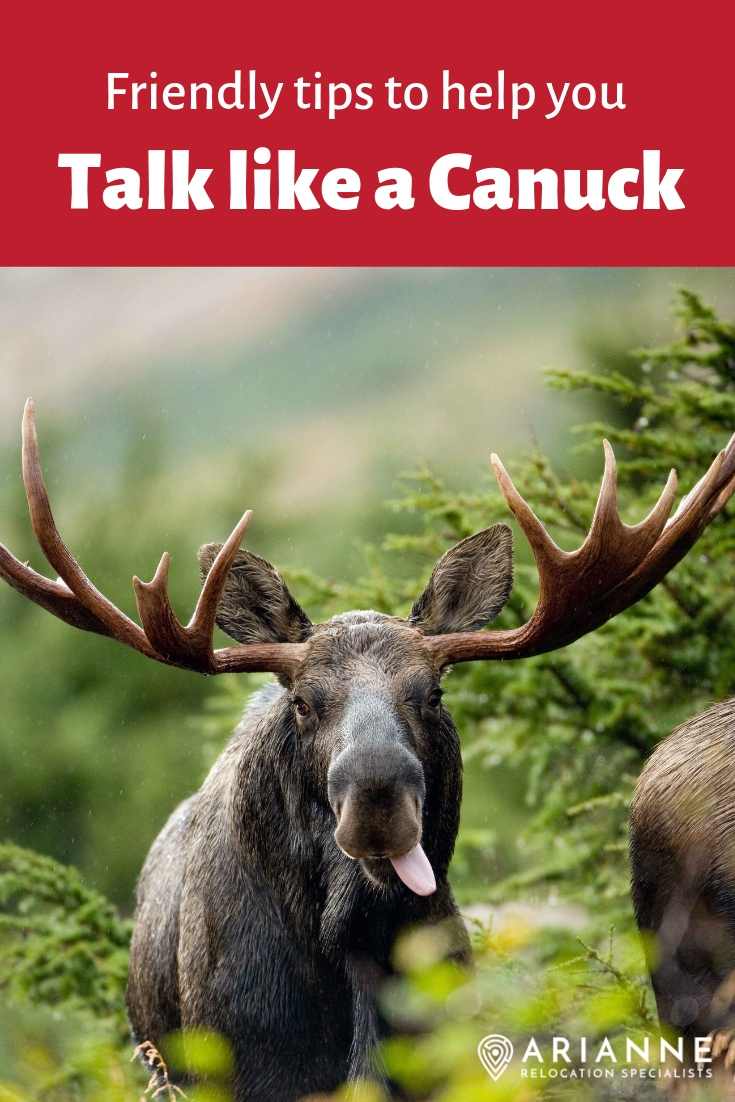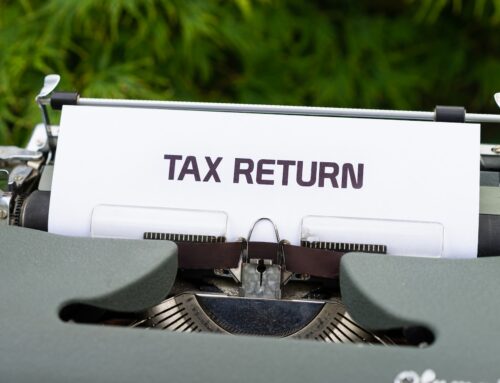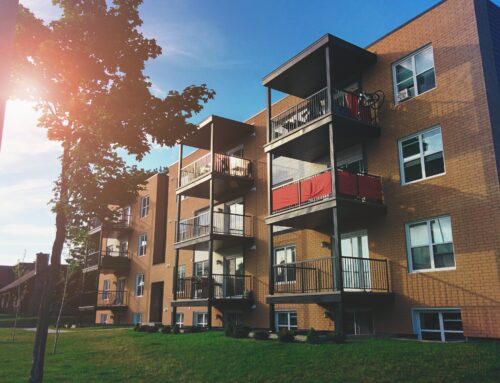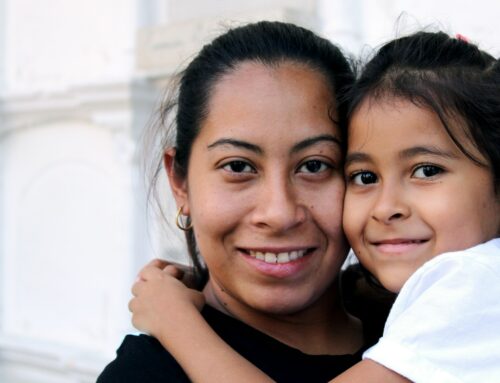So you’ve decided to move to Canada in what will ultimately be the best decision of your life (we’re biased, what can we say).
And we all know you’ve done your research.
You’ve read up on how to buy a home in Canada.
You’ve taken notes on what to wear when the weather gets all cold and weathery.
But now, it’s time to take your cultural immersion to the next level. Because it isn’t enough to simply live like a Canadian. If you’re going to thrive in the Great White North, you have to learn to talk like a Canadian, too.
In this guide, we’ll list the most common Canadian slang and phrases, alongside some contextual examples. So when someone says “Can I have two loonies for a toonie?” you won’t stare at them like they’ve lost their marbles.
A COMPLETE GUIDE TO CANADIAN SLANG
“Eh?”
In what is likely the most iconic Canadian phrase, “eh” has been a staple phrase of North American settlers since before Canada was even conceived. Since then, “eh” has come to serve as a confirmation of sorts. It’s included at the end of sentences, and can be interpreted as “am I right?”. It doesn’t always require an answer though; “eh?” is often rhetorical in nature.
Example Dialogue:
JOE: Morning, Gary. That batch of maple syrup is something else, eh?
GARY: Right you are, Joe. Right you are.
Toque
Long story short: it’s a hat worn in the winter time. Short story long: Toques are a type of hat with a narrow brim that were popularized in 16th century Europe. The word “toque” comes from the Spanish “toca”, which means “women’s headdress”. Fortunately, today’s Toques are typically unisex, and are manufactured to cover the ears for those cold Canadian winters.
Example Dialogue:
GARY: Marge, it’s freezing out there. Better bring your scarf and toque!
MARGE: Good call, Gary! Betsy didn’t bring her toque last week and her ears nearly fell off!
Double-Double
Every nation has their national coffee chain. In Canada, ours is named after a famous Canadian hockey player, Tim Horton. While all Canadians have different tastes in their caffeinated brew, the most popular drink of choice is called a Double-Double: two creams and two sugars mixed into a cup of drip coffee. It’s delicious, but don’t be surprised if you suffer a serious sugar high when it’s done.
Example Dialogue:
CLARENCE: I’m heading to Timmies, Joe. Whatcha want?
JOE: I’ll grab a large double-double and a maple flavoured donut please.
CLARENCE: Donut for breakfast? You’re a bad apple, Joe.
Aboot
Canadians love their boots, especially in winter. But this term has nothing to do with footwear. Instead, the term aboot is how a lot of Canadians pronounce the word “about”. Without diving into too much linguistic jargon, Canadians have a very particular way of saying the letters “O” and “U” together. While Americans give it more of an “ow” sound, Canadians say it with an “ooh” emphasis.
Example Dialogue:
JOE: How aboot this list of Canadian slang, eh Gary?
GARY: She’s a beauty, Joe. A real beauty. (See below.)
Beauty
You’d think a normal word would have a normal definition in Canada. Well, it really does depend on context. In the conventional sense, “beauty” is an adjective referring to a combination of qualities that please the senses. However, in Canada, it can also be used as a noun, referring to something we perceive as awesome in society.
Example Dialogue:
JOE: Gary, did you cook up these Nanaimo Bars?
GARY: Sure did, Joe. The wife helped, of course.
JOE: Well you’re both a bunch of beauties!
Loonies and Toonies
You know how normal countries label their currencies as “1” “2” “5” “10”, etc.? Well, Canadians aren’t normal. Instead of “One Dollar Coin” and “Two Dollar Coin”, we call ours Loonies and Toonies. Why do we do this? As it happens, the one dollar coin has a loon (a type of bird) on one side, which gave birth to the term Loonie. Since a “Two Dollar Coin” is equivalent to Two Loonies, the term “Toonie” was born!
Example Dialogue:
CLARENCE: How you getting to work, Gary?
GARY: I’ll take the TTC Bus! Only costs a loonie and a toonie these days.
Pop
Pop songs. Pop culture. Pop goes the weasel. In Canada, the primary use of “pop” means none of those things. Instead, our pop is what other countries would call—drum roll please—soda! Any soft drink or carbonated beverage, like Pepsi or Coke, would be categorized as pop in the Great White North. Legend has it that the name came from the sound a fresh can makes when it’s opened.
Example Dialogue:
JOE: Hey Gary, isn’t that your 4th Diet Coke today?
GARY: You know what they say, Joe. Once you pop just can’t stop.
JOE: Wrong brand, Gary. Wrong brand.
Keener
Are you keen to learn what the term Keener means? Well don’t act too keen, or else you’ll be called a keener. That’s right—someone who is too eager to learn or share information in a classroom setting is often called a keener. But don’t let that stop you from showing off your knowledge chops if you have ‘em.
Example Dialogue:
JOE: Who needs a calculator for math? 12×12 is clearly 144.
GARY: Gosh Joe, don’t be such a keener.
Two-Four
When it comes to alcohol, Canadians like to be specific with what they’re picking up. There’s a 6-pack of beer, a 12-pack, and finally, the vaunted two-four. If you haven’t guessed already, two-four refers to the number of beers in a case: 24.
Example Dialogue:
GARY: Cottage weekend is upon us, friend! What are we grabbing for drinks?
JOE: Oh, I think a two-four of Molson Canadian will suit us just fine!
Zed
In the world of alphabet pronunciation, Canadians fall into the majority on this one. While Americans pronounce the letter “Z” as “Zee”, Canadians take after their British ancestors and call it “Zed”, based off the greek letter Zeta.
Example Dialogue:
JOHNNY: Zed-Ee-Bee-Arh-Aye. Zebra.
MRS. THOMPSON: And the winner of the Grade 1 spelling bee: Johnny MacIntosh!
Kerfuffle
The word “fuffle” was originally used in Scotland in the 16th century, and meant “to dishevel”. “Ker” is Scottish for “awkward”; therefore, together, the two words could literally mean, “awkwardly disheveled”. That isn’t too far from the colloquial definition of Kerfuffle, which means a disagreement between two people.
Example Dialogue:
JOE: I ordered a double-double, not a triple-triple!
CLARENCE: Hey now, Joe. Let’s not turn this into a kerfuffle!
Stag/Stagette Party
This is simply another term to mean a bachelor or bachelorette party. While most are unsure as to the origin of the phrase, it can likely be attributed to a cute comparison between humans and animals when referring to marriage.
Example Dialogue:
GARY: Buckle up, Joe. We have Steve’s Stag party this weekend!
JOE: Gary, I was born buckled up. Let’s do this thing!
Serviette
Here’s another one that falls into the American vs. Canada debate. In America, a small towel used to wipe your hands or other extremities is called a napkin. But in Canada? We call it a serviette, based off our British ancestry.
Example Dialogue:
MRS. THOMPSON: Johnny, your face is smeared with chocolate!
JOHNNY: Sorry, Mrs. Thompson. Can I use that serviette to clean them?
Canuck
You may have seen that term at the top of this article. Canuck, put simply, refers to a Canadian! It’s thought to have derived from the phrase Kanuck, which was used to describe a French Canadian in the early 19th century. Either way, it’s a word we proudly use today to describe our Canadian kind!
Example:
JOE: Does your toque have a maple leaf on it, Gary? You’re such a Canuck sometimes!
THIS LIST WAS A BEAUTY, EH?
Canadian slang reaches far further than this list, but hopefully these terms give all you keeners and beauties a great jumping off point in your journey to talk like a Canadian. Once you’ve mastered that, be sure to check out ARIANNE’s Online Relocation Guides, which will give you future Canucks everything you need to make a move to Canada and put that Canadian slang to good use!
LEARN MORE
For more information about Canadian culture, check out the following articles and links:
Photo Credit: Bob and Doug McKenzie from The Great White North television program.








Leave A Comment